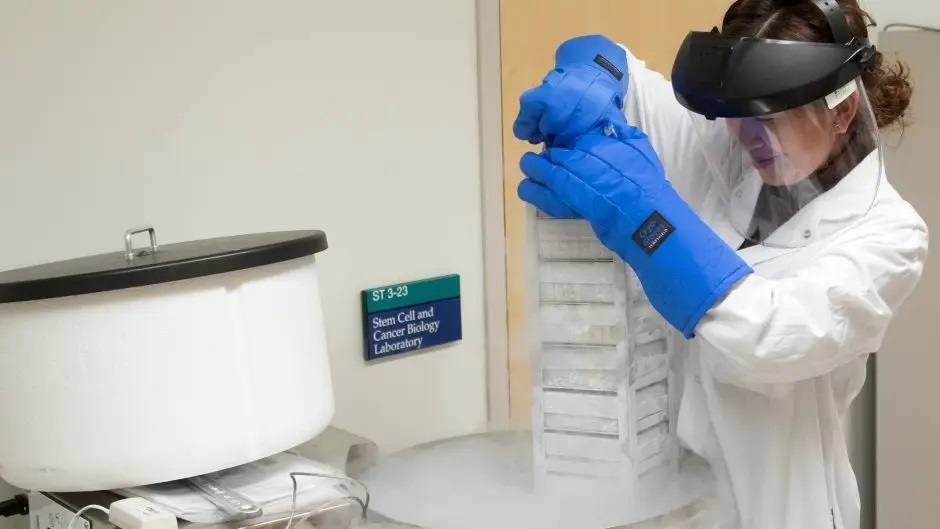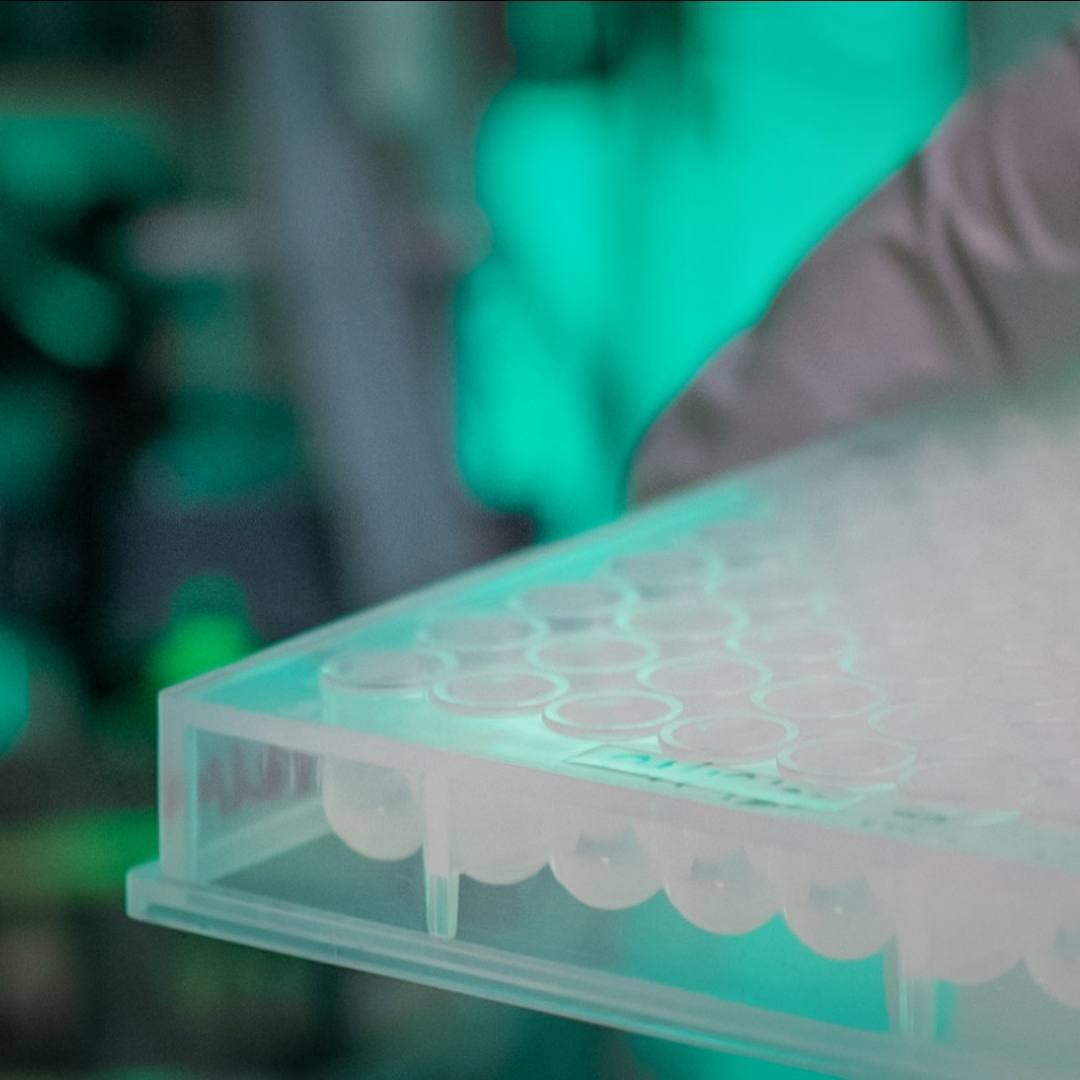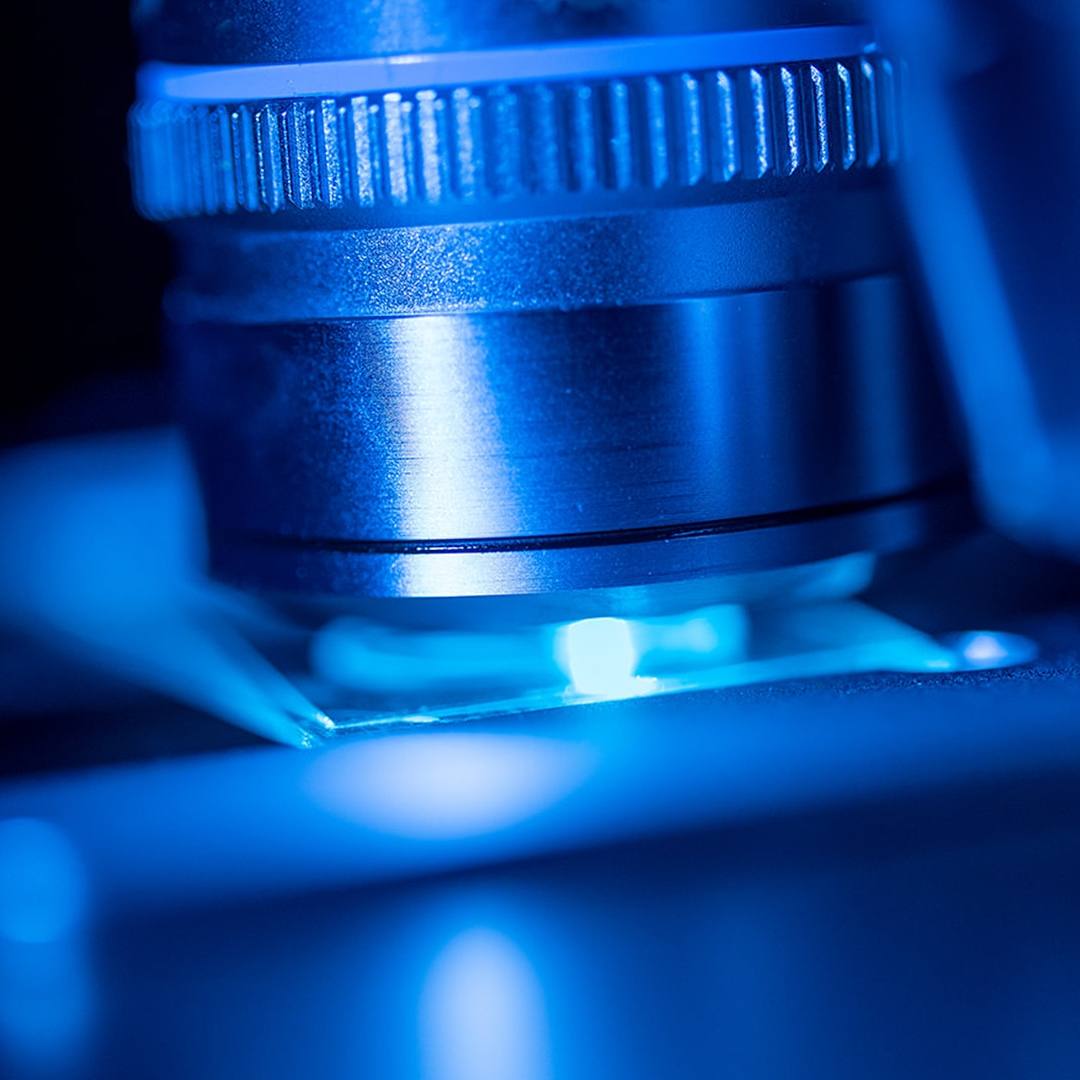-
Science Saturday
Science Saturday: The Living Breast Biobank

Mayo Clinic’s Living Breast Biobank has proved invaluable in a recent breakthrough study that demonstrates a novel mechanism through which female carriers of the BRCA1 gene may be at increased risk for breast cancer. According to the study, this is because the gene contributes to poorly organized divisions of mammary progenitor cells.
“For the first time, it was possible to recreate various pathogenic BRCA1 mutations in a cell line and track living cells during their division to understand their influence on the cell division axis,” says Nagarajan Kannan, Ph.D., director of Mayo Clinic’s Stem Cell and Cancer Biology Laboratory.
The discovery, made using cell lines, was then tested to see if the mechanism was true in patients who carried a mutant BRCA gene. That’s where the Living Breast Biobank came in.
“Using biobank specimens, we were able to validate the finding and show that, in these patients who have a pathogenic BRCA mutation, that type of cell division axis is altered fundamentally,” Dr. Kannan says. “This has major consequences because the mammary progenitor cells experience several defects, including failure to orient their cell division axis because of the pathogenic germline mutation that they carry.”
Read the rest of the article on the Mayo Clinic Laboratories blog.
____________________________________________
Other Mayo Clinic medical research websites:
- Research at Mayo Clinic
- Discovery’s Edge
- Advancing the Science
- Forefront
- Center for Individualized Medicine
- Center for Regenerative Medicine
- Center for the Science of Health Care Delivery
- Mayo Clinic Cancer Center







